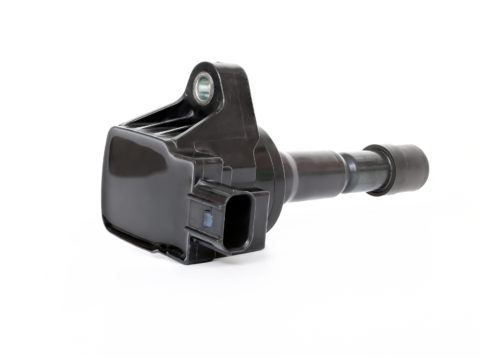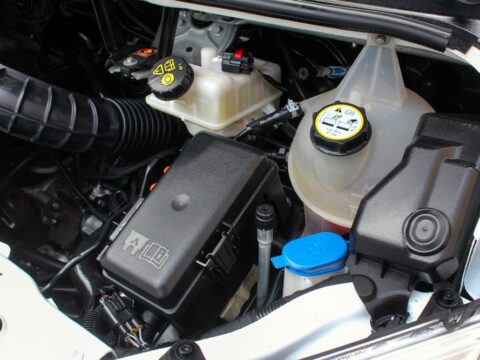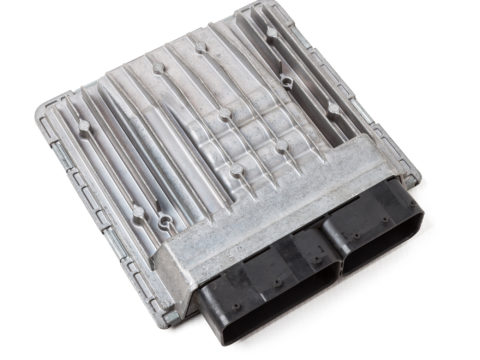Despite locking the doors, having an alarm, and activating an anti-theft system, thieves made away with over 810,000 vehicles in 2020.
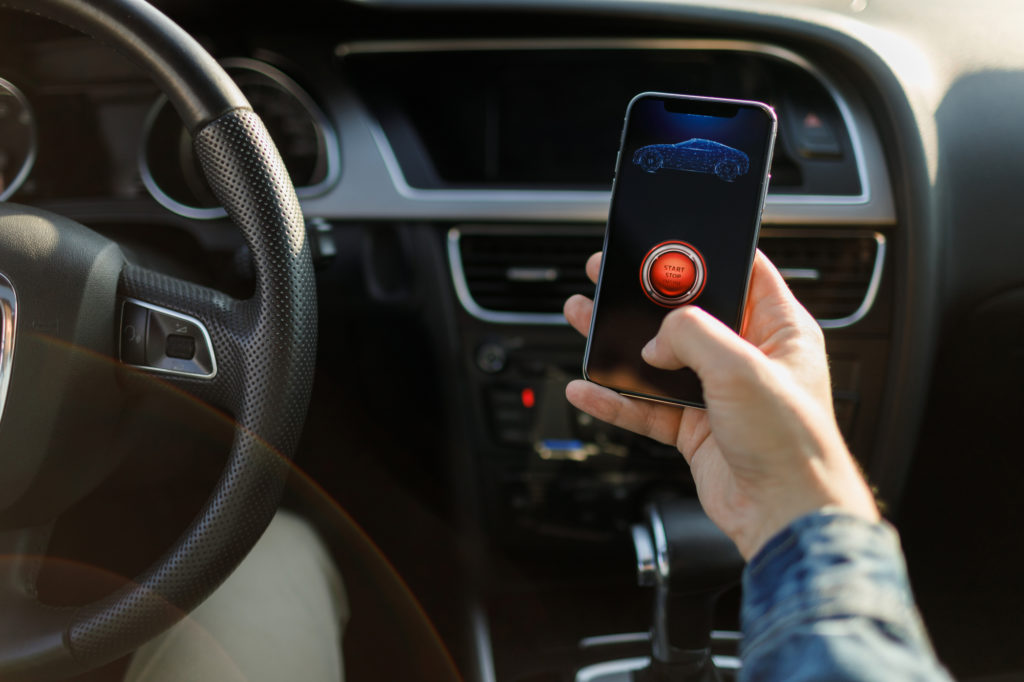
What else can you do?
Well, install a hidden kill switch. Here’s an in-depth look at what it is, what it does, and everything else you need to know.
Contents
What is a Kill Switch in a Car?
An automotive kill switch is a small device you need to activate to start your vehicle. Hiding the switch means no one knows where it is, so only you can press it and take off with the car.
The kill switch is an additional anti-theft device that disables the engine or interrupts the starter circuit. However, automotive kill switches cannot stop a running engine.
What Does a Car Kill Switch Do?
Kill switches come in a variety of options. Each device interferes with your vehicle’s combustion system components to stop the engine from turning.
Let’s examine different kill switches to understand what they do.
Fuel System Relay Kill Switch
Activating the fuel pump relay kill switch prevents fuel from getting to the engine.
The motor does not start without fuel. The engine will crank but does not have enough gas to turn.
Battery Disconnect Kill Switch
Activating the battery disconnect kill switch means the vehicle has no power, and the car doesn’t make any sound. This will make the thief think the battery is dead.
Remote Car Battery Switch
You activate this switch using a remote on your keys.
The physical switch has an electromagnetic solenoid valve terminal that activates when you press a button and move a metal piece to close or open the circuit.
Your vehicle will not start in the open position and runs normally in the closed position.
Fuse Box Kill Switch
The automotive kill switch removes power from your vehicle via the fuse box, making your ride virtually immobile. Deactivating the switch allows the fuse box to function normally.
Ignition Wire Kill Switch
The switch breaks the ignition wire so your vehicle doesn’t start.
An ignition wire kill switch will make the thief think your car is dead because it does not make any sounds on turning the key.
Flipping the switch or tapping the button completes the circuit, and the car starts.
Where is the Kill Switch Located?
Common locations for the five kill switch types above are:
- Fuel-line kill switch—Under the vehicle and on the fuel line.
- Car battery disconnect switch—Check the battery terminals for odd or loose wires.
- Remote control battery switch—Inspect the battery terminals for odd or unknown connections.
- Fuse box kill switch—Watch out for stand-alone wires in the fuse box.
- Ignition wire kill switch—Trace the ignition wire and inspect for added pieces or wires.
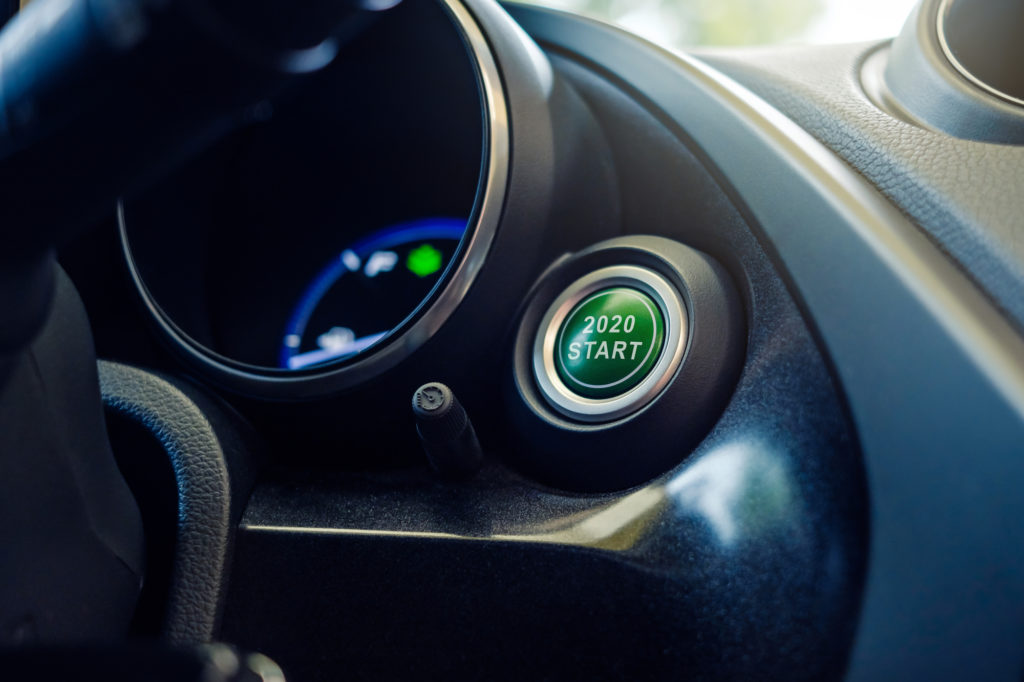
Where to Hide the Kill Switch in a Car
Most kill switches use wires that connect to critical components of your vehicle. Fortunately, you can run the wires to the switch wherever you want.
However, ensure you can quickly access the kill switch to turn it on and off every time.
Here are some common locations for hiding the kill switch.
Under the Dashboard
Under the dash is a convenient location to hide your kill switch. The area is easy to reach without bending over or making unnecessary movements that show other occupants where the switch is.
However, professional thieves are likely to start by looking under the dash when your car doesn’t start right away.
Under the Driver’s Seat
The driver’s seat also offers easy and fast access. Some ideas for the switch location included in the carpet under the seat or attaching the switch directly to the seat.
Switching on and off the switch is easy with a single fluid movement. Again, the location is not ideal as car thieves will look here too.
Locked Glove Box
Another option is to hide the kill switch in a locked glove box. The switch is out of sight, and a car thief doesn’t have the time to break into your car and the glove compartment.
However, you’d need to bend over to turn it on or off every time you use the car. The movement is easily noticeable and may alert an unauthorized person of the presence of a kill switch.
Get Creative
The best option is to get creative and choose the location yourself. However, avoid putting the kill switch in areas where water and other fluids can damage it.
You can also install dummy switches throughout the cabin to confuse the thief. Any unauthorized person will not know what switch to use, nor do they know what combination you use to start the vehicle.
Should All Cars Have a Kill Switch?
Many cars have built-in anti-theft systems that prevent the motor from turning unless you have the fob in or near. You can also install the system in an older car.
However, a kill switch is a cheap way of adding an extra layer of security. The switch does wonders in keeping the vehicle firmly in place where you left it.
Common reasons for installing a kill switch include:
- Prevent low-level and amateur thieves from stealing your truck or car
- Slow down a professional thief
- Keep unauthorized people with access to your keys from driving the vehicle, such as teenagers, employees, or senile relatives
Is it Illegal to Remove Kill Switch from Car?
If you own the car, you can remove the kill switch. However, it’s illegal, and you can be penalized for removing a remote switch installed by the company financing your vehicle before full repayment.
Is a Kill Switch an Effective Anti-Theft Device?
The kill switch is effective because of its unique installation for each vehicle. All you need is a little inventiveness when hiding the switch to turn it into a tool that deters and defeats car theft.
However, employ other measures to keep your car safe, such as:
- Installing an after-market alarm and tracking system
- Removing or hiding valuables
- Parking in well-lit areas
- Locking the car and taking the keys
Where to Buy a Car Kill Switch
Kill switches are available at many physical motor stores. You can also find excellent options at online stores, including:
Kill Switch Installation Cost
The average cost of purchasing and installing a kill switch is between $10 and $100, depending on the type you choose, vehicle make and model, and whether professional or DIY installation.

